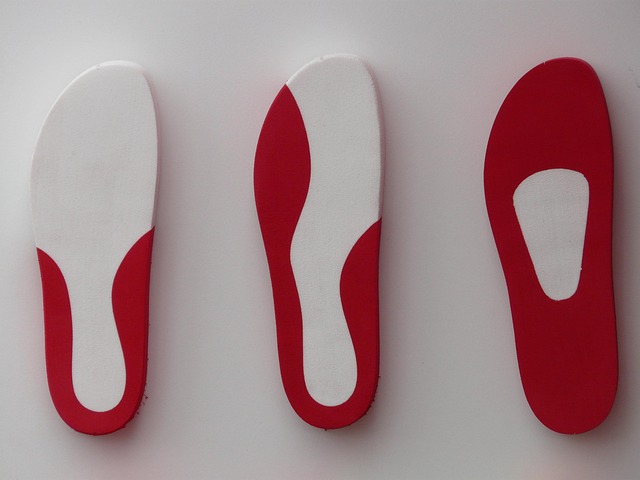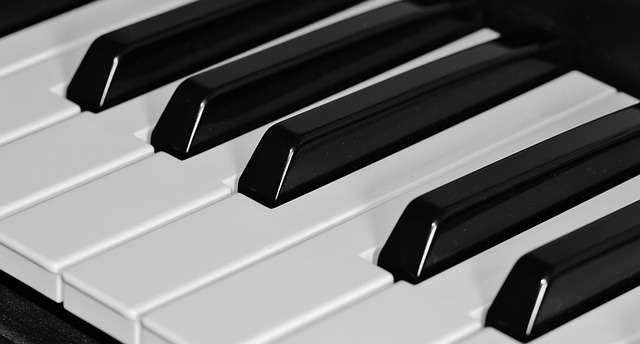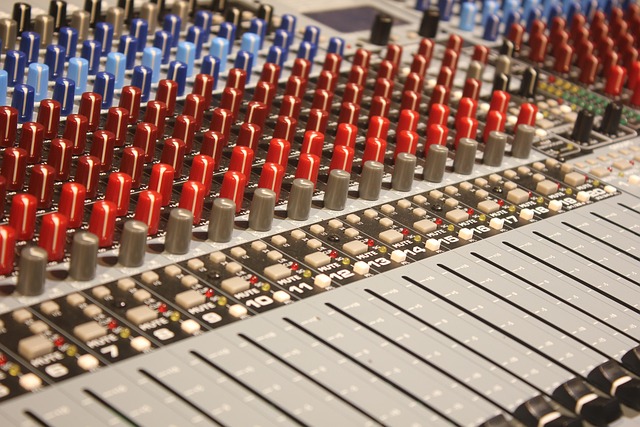In the world of audio recording, the significance of ergonomic design cannot be overstated. Imagine spending long hours in a studio, surrounded by equipment, trying to capture that perfect sound. The intensity and intricacy of this art form demand an environment that not only inspires creativity but also fosters physical well-being. When we think about audio recording studios, we often overlook the human element—the struggle of sound engineers and musicians battling against fatigue and discomfort while striving for sonic perfection.
Ergonomic design plays a pivotal role in shaping these environments, ensuring that every aspect, from the layout of the studio to the placement of equipment, is crafted with user comfort in mind. For musicians, this translates into optimized seating arrangements that support good posture during those marathon recording sessions. High-quality, adjustable chairs and desks that accommodate various working styles can be the difference between a fluid creative process and one hindered by physical strain.
Moreover, the interaction between audio and video technologies has expanded the need for holistic ergonomic principles within the recording industry. With the rise of home cinemas and media rooms becoming increasingly popular, studios now serve dual purposes—creating blissful soundscapes while enabling video production. This convergence requires studio designers to think critically about not only how audio gear is positioned but also how it complements video equipment. Placing monitors at eye level and utilizing adjustable arm mounts for cameras can greatly reduce tension and facilitate smoother workflow.
Imagine a cinema room designed with ergonomic design principles, allowing for long periods of viewing without discomfort, echoing the same importance in a recording studio. The acoustic panels strategically placed to minimize fatigue-inducing reflections can be seamlessly intertwined with visuals, enhancing both aesthetic pleasure and sound quality. In such environments, creativity can flourish, as artists are free to focus on their passion rather than physical distractions.
The importance of thoughtful design extends beyond individual equipment to the entire studio layout. Well-planned rooms can significantly reduce the time spent navigating between different gear setups, allowing recording artists and sound engineers to immerse themselves in their craft. Ergonomically designed studio spaces are inclusive, catering to various physiques and preferences and adapting to the needs of every user.
As we move toward a future that values health and productivity, the integration of ergonomic design in audio recording studios will become paramount. Such thoughtful arrangements not only improve the immediate work environment but also sustain longevity in the field, ensuring that professionals can create masterpieces without sacrificing their wellbeing. The evolution of sound production intertwined with proper design will continue to inspire creativity and push the boundaries of what is possible in both audio and video artistry.



